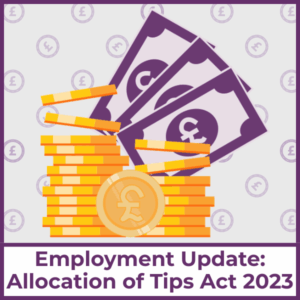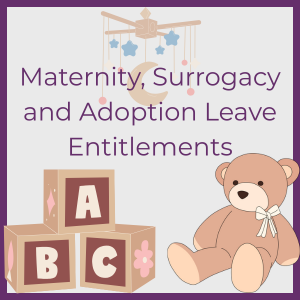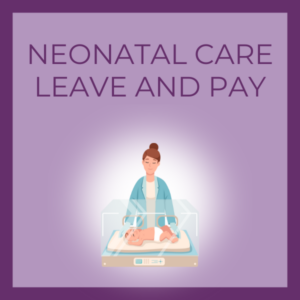Employing an apprentice is an excellent way to expand and upskill your workforce, and train new staff according to the needs of your business. However, when employing an apprentice there are a number of wage, funding and contractual considerations that you must take into account.
Here, our AMR Bookkeeping team provide a guide to everything a company needs to know about employing an apprentice.
Employing an apprentice
An apprentice is an employee who will combine working with studying to learn the knowledge and skills to carry out a specific job role. An apprentice can be a new or a current employee, but they must be 16 years or over.
When employing an apprentice, you are required to ensure that:
- They work with experienced staff
- They are learning job-specific skills
- At least 20% of their normal working hours are dedicated to training or study

An apprenticeship must last at least one year, but depending on the level the apprentice is studying, they can last up to five years.
Paying an apprentice
As of April 2022, the National Minimum Wage for apprentices is £4.81 per hour.
Apprentices are entitled to this rate if they are aged 16-18, or aged 19 and over and in the first year of their apprenticeship.
The hourly rate for apprentices aged over 19, who have completed the first year of their apprenticeship, must be equal to, or exceed, the standard National Minimum Wage for their age. As of April 2022, this stands at:
- 18–20-year-olds: £6.83
- 21–22-year-olds: £9.18
- 23 and over: £9.50
Getting funding
The UK government offers financial help to businesses for the training and assessment of apprentices. The financial help you receive depends on whether you are an employer with a pay bill of over £3 million a year.
Your annual pay bill is the sum of all payments to employees that are eligible for employer Class 1 secondary National Insurance contributions. This includes wages, bonuses and commissions.
If you’re a business with a pay bill under £3 million a year:
Organisations with a pay bill of less than £3 million a year will only have to pay 5% of the cost of training and assessing the apprentice.
You’ll need to agree a payment schedule with the training provider and pay your 5% share directly to the provider. The government will pay their 95% share directly to the provider – up to afunding band maximum.
If you’re a business with a pay bill over £3 million a year:
Businesses with a pay bill over £3 million a year are required to pay a monthly apprenticeship levy, which is paid and declared to HMRC through the PAYE process.
The annual cost of the apprenticeship levy will be charged at 0.5% of your total annual pay bill, minus the government’s apprenticeship allowance of £15,000 (implemented to ensure that the costs of the apprenticeship levy scale evenly).
So, the apprenticeship levy amount is calculated by:
Total pay bill x 0.5 – £15,000 = total payable apprenticeship levy
The apprenticeship levy you pay is then returned to your organisation, with a 10% government top-up. This money must be spent solely on apprenticeships. To incentivise action, the funding expires after 24 months.
If your organisation is struggling to use up your apprenticeship funds, you can transfer a maximum of 25% of your unused funds to other employers.
Paying and reporting the apprenticeship levy
HMRC requires you to pay and report your apprenticeship levy monthly, through your employee payroll summary. When reporting you must include:
- The amount of your apprenticeship levy allowance you’ve divided to that PAYE scheme
- The amount of apprenticeship levy you owe to date in the current tax year
To access and manage your apprenticeship funding, you need to register for an apprenticeship service account on the gov.uk website. The apprenticeship service account is designed for both levy and non-levy paying employers.
If you need help with managing your apprenticeship funding, the team at AMR Bookkeeping Solutions is always on hand to help. Just get in touch using our contact form, make an email enquiry at info@amrbs.co.uk, or call us on +44 (1892) 489668.







